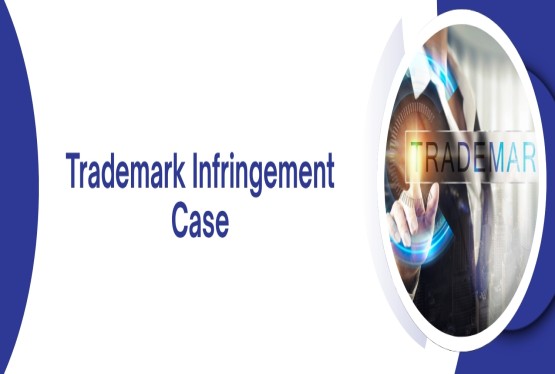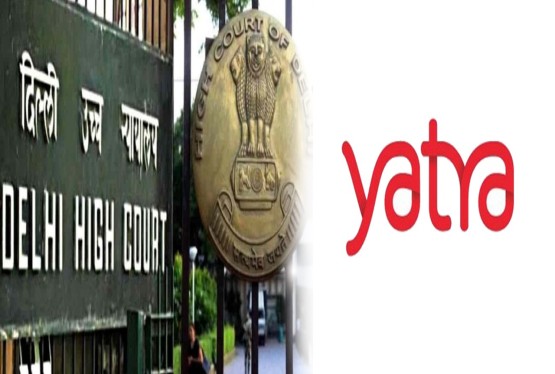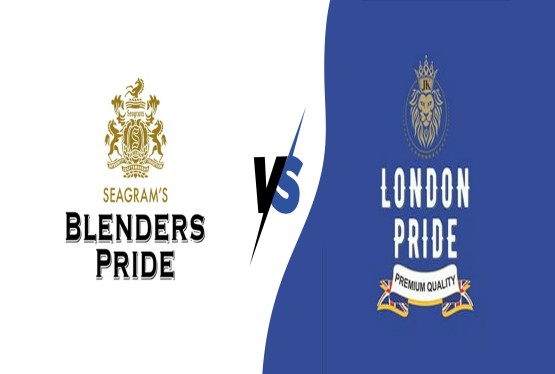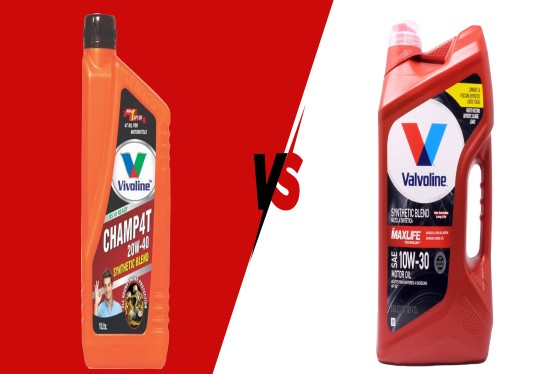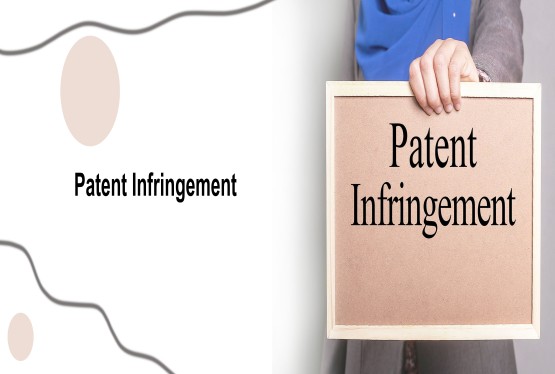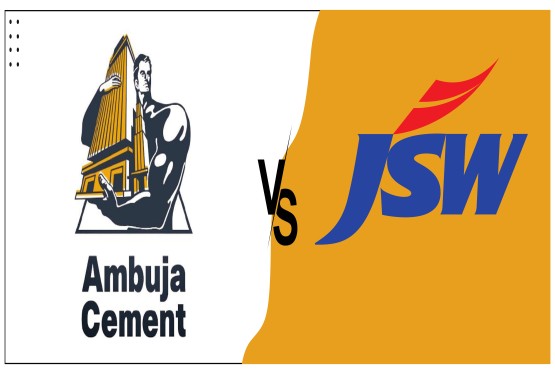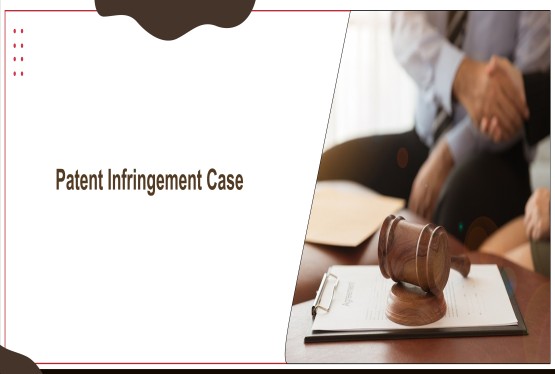Trademark Class 13, as outlined in the Nice Classification, encompasses firearms, ammunition, explosives, and related goods. These goods require special protection due to their sensitive and highly regulated nature. In India, this protection is governed by the Trade Marks Act, 1999, and interpreted through various precedents established by the Indian judiciary. In this article, we will explore the legal framework for trademark protection in Class 13 in India, examine relevant statutes, and highlight key precedents in Indian law.
Overview of Trademark Class 13 in India
Trademark Class 13 covers goods related to firearms, ammunition, explosives, and related accessories. The goods falling under Class 13 include:
-
Firearms: Weapons such as rifles, handguns, shotguns, etc.
-
Ammunition: Items like cartridges, bullets, shells, and other types of projectiles.
-
Explosives: Materials such as gunpowder, dynamite, and other explosives.
-
Accessories and components: This includes items like firearm cleaning kits, holsters, scopes, and other related components.
Under the Nice Agreement (1957), which India adheres to, these goods are categorized under Class 13, which helps in the uniform classification and registration of trademarks. This categorization ensures that businesses involved in the sale and distribution of these sensitive goods can protect their brand identity and avoid consumer confusion in the marketplace.
Legal Framework: The Trade Marks Act, 1999
In India, the protection and registration of trademarks are governed by the Trade Marks Act, 1999. The Act provides a comprehensive legal framework for the registration, protection, and enforcement of trademarks in India. Specifically, under the Trade Marks Act, an applicant seeking to register a trademark in Class 13 must ensure that the trademark complies with the provisions laid out in the law.
Key provisions of the Trade Marks Act, 1999 relevant to Class 13 are:
(a) Section 2(1)(zb): Defines what constitutes a "trade mark." It is any mark capable of distinguishing the goods or services of one person from those of another. This broad definition ensures that manufacturers and sellers of firearms, ammunition, and explosives can protect their unique marks.
(b) Section 9: Addresses the absolute grounds for refusal of registration. A trademark that is descriptive, generic, or devoid of distinctiveness is not registrable. In the context of firearms and ammunition, this ensures that terms like “gun” or “bullet” cannot be registered as trademarks unless they possess distinctiveness.
(c) Section 11: Deals with relative grounds for refusal, including conflicts with existing trademarks. This provision is particularly important in Class 13, as the marketplace for firearms and ammunition is relatively niche, and a clear distinction between trademarks is essential to avoid consumer confusion.
(d) Section 18: Specifies the procedure for filing a trademark application, including the payment of fees and submission of necessary documents. For goods under Class 13, the applicant must describe the goods in a manner that matches the classification of firearms, ammunition, and explosives.
(e) Section 32: This section ensures that the trademark registered under Class 13 provides exclusive rights to the holder, meaning that no one else can use an identical or confusingly similar mark in relation to the same goods.
Trademark Registration Process in India
The process of registering a trademark in Class 13 in India follows the general procedure laid out by the Trade Marks Act, 1999, and is overseen by the Office of the Controller General of Patents, Designs, and Trademarks. The steps involved in the registration process are as follows:
(a) Filing the Application: The first step is to file a trademark application with the Indian Trade Marks Registry. The application must include the specific mark to be registered and a description of the goods (firearms, ammunition, explosives) covered by the trademark under Class 13.
(b) Examination of the Application: The Registrar examines the trademark application to ensure it complies with the provisions of the Trade Marks Act. The examination checks for distinctiveness, similarity to existing marks, and whether the mark falls within the prescribed categories of Class 13.
(c) Publication and Opposition: Once the application passes examination, it is published in the Trade Marks Journal. This publication allows third parties to oppose the registration if they believe the mark conflicts with their own trademark rights. The opposition procedure ensures that only valid and non-conflicting marks are registered.
(d) Registration: If no opposition is filed or if the opposition is resolved in favor of the applicant, the trademark is registered, and the applicant is granted exclusive rights to use the mark in connection with goods in Class 13.
Indian Precedents and Judicial Interpretation
Indian courts have dealt with several key trademark disputes that shed light on the interpretation of the Trade Marks Act as it applies to Class 13. While there are no landmark judgments specifically concerning firearms and ammunition, several general precedents help elucidate how trademark law applies to this class.
a) S.R. Kalia v. The Registrar of Trade Marks (1998)
In this case, the Bombay High Court discussed the concept of “deceptive similarity” in trademarks. The judgment emphasized that even if a mark is not identical, if it is likely to deceive or cause confusion among consumers, it will not be registered. This is highly relevant for Class 13, as there is a significant risk of consumer confusion due to the technical and niche nature of firearms, ammunition, and explosives. A firearm brand must ensure that its mark is distinctive enough to avoid infringement issues.
b) Indian Oil Corporation Ltd. v. Amritsar Gas Service (1999)
This Supreme Court case focused on the protection of well-known trademarks. While not directly related to Class 13, it is significant in understanding the principle that well-known marks are protected beyond their class of registration. If a firearm or ammunition brand becomes internationally recognized, its trademark could be protected even in markets that are not directly related to firearms and explosives.
Challenges and Issues in Trademark Class 13
Despite the clarity provided by the Trade Marks Act, businesses involved in firearms, ammunition, and explosives face several challenges when registering trademarks in Class 13:
(a) Distinctiveness: Given the technical nature of firearms, many terms used in the industry may be deemed too generic or descriptive to qualify for trademark protection. As noted earlier, trademarks like "gun" or "rifle" may not be registrable unless they acquire distinctiveness through use in the marketplace.
(b) Regulatory Environment: The Indian government imposes strict regulations on the manufacturing, sale, and possession of firearms and ammunition. The sale of firearms and ammunition is regulated by the Arms Act, 1959, which makes it even more critical for manufacturers to ensure that their trademarks do not violate any regulatory provisions.
(c) Cross-Border Protection: For businesses operating internationally, navigating trademark protection across multiple jurisdictions is complex, especially with the differences in firearm laws and regulations between countries.
Conclusion
Trademark protection for goods under Class 13, such as firearms, ammunition, and explosives, is crucial for businesses operating in this specialized and regulated industry. Under the Trade Marks Act, 1999, and supported by Indian judicial precedents, businesses can ensure their trademarks are protected, provided they meet the requirements of distinctiveness and do not conflict with existing marks.
However, businesses must be mindful of the challenges related to distinctiveness, regulatory compliance, and the international landscape of trademark protection. Understanding and leveraging Indian trademark law, including the key statutes and judicial precedents, will enable businesses to successfully navigate the complex process of trademark registration in Class 13
Frequently Asked Questions
Q1. What is Trademark Class 13 and what products does it cover?
Ans. Trademark Class 13, under the Nice Classification system, encompasses goods related to firearms, ammunition, explosives, and their accessories. This includes items like rifles, handguns, shotguns, cartridges, bullets, shells, gunpowder, dynamite, firearm cleaning kits, holsters, and scopes. This classification helps distinguish these goods from others and ensures targeted protection for businesses in this sector.
Q2. What are the key legal frameworks governing trademarks in Class 13 in India?
Ans. The primary legal framework for trademarks in Class 13 in India is the Trade Marks Act, 1999. This Act outlines the criteria for trademark registration, including distinctiveness and grounds for refusal. It also provides for the protection of trademarks from infringement and establishes procedures for registration and enforcement. The Nice Agreement, an international treaty, provides a standardized framework for trademark classification, including Class 13.
Q3. What are some important considerations for businesses seeking to register a trademark in Class 13?
Ans. Businesses seeking to register a trademark in Class 13 should prioritize the following:
- Distinctiveness: The trademark must be unique and capable of distinguishing the goods or services of one business from another. Generic terms like "gun" or "bullet" may be difficult to register.
- Avoiding Confusion: The mark should not be confusingly similar to existing trademarks, especially those of other firearms and ammunition manufacturers.
- Compliance with Regulations: The trademark must comply with the provisions of the Trade Marks Act, 1999, and should not violate any other relevant laws or regulations, such as the Arms Act, 1959.
- Clear Description: The trademark application must include a clear and accurate description of the goods covered under Class 13.
Q4. How can businesses protect their trademarks in Class 13?
Ans. Businesses can protect their trademarks in Class 13 by:
-
Registering the trademark: Registration provides legal protection and allows businesses to enforce their rights against infringers.
-
Monitoring for infringement: Regularly monitoring the marketplace for unauthorized use of the trademark is crucial.
-
Taking legal action: If infringement occurs, businesses can take legal action through civil or criminal proceedings to protect their trademark rights.
-
Staying informed about legal updates: Keeping abreast of changes in trademark law and relevant case precedents is essential for maintaining strong trademark protection.
Q5. What are the challenges faced by businesses in registering and protecting trademarks in Class 13?
Ans. Businesses in Class 13 face several challenges, including:
(a) Distinctiveness: Finding distinctive trademarks in a niche industry like firearms and ammunition can be challenging due to the limited vocabulary and the technical nature of the products.
(b) Regulatory Compliance: The highly regulated nature of the firearms and ammunition industry requires careful consideration of legal and regulatory requirements when selecting and registering trademarks.
(c) International Protection: Navigating trademark protection across different countries with varying firearm laws and regulations can be complex.






























_(b)_of_the_Trademark_Act,_1999_(1)_crop10_thumb.jpg)



_crop10_thumb.jpg)




























_crop10_thumb.jpg)
_crop10_thumb.jpg)






_crop10_thumb.jpg)








_crop10_thumb.jpg)



_crop10_thumb.jpg)





























_crop10_thumb.jpg)

















_crop10_thumb.jpg)






_crop10_thumb.jpg)











































































































































_crop10_thumb.jpg)




































_crop10_thumb.jpg)












_crop10_thumb.jpg)













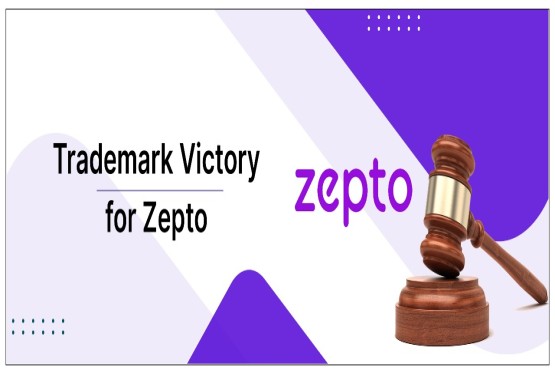

































_crop10_thumb.jpg)






